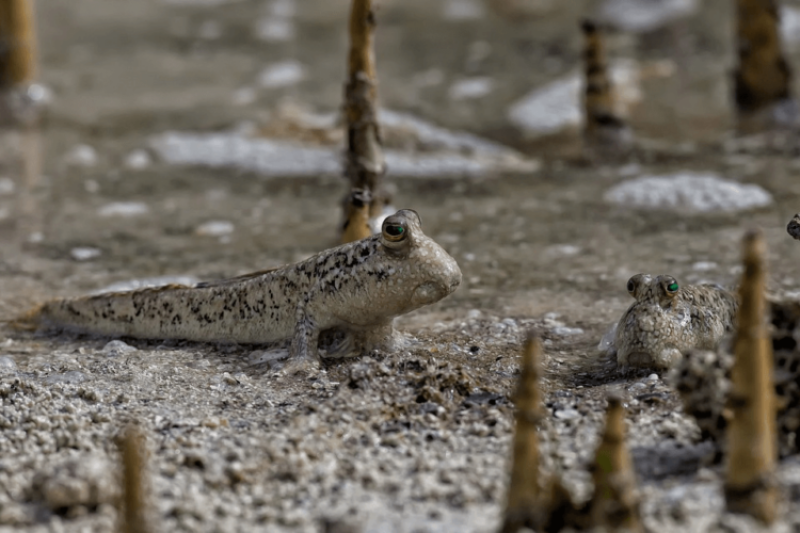The mudskipper, an intriguing amphibious fish with a penchant for blinking, is offering scientists insight into how and why blinking might have evolved as our ancestors made the transition from aquatic to terrestrial life.
Published in the Proceedings of the National Academy of Sciences, the study suggests that blinking may be one of the key traits that allowed for the evolution of tetrapods – animals including mammals, birds, reptiles, and amphibians – around 375 million years ago.
“Animals blink for many reasons,” said [researcher Thomas] Stewart. “It helps us keep our eyes wet and clean, it helps us protect our eyes from injury, and we even use blinking for communication. Studying how this behavior first evolved has been challenging because the anatomical changes that allow blinking are mostly in soft tissues, which don’t preserve well in the fossil record.
…
“The transition to life on land required many anatomical changes, including changes for feeding, locomotion and breathing air,” said Stewart. “Based on the fact that mudskipper blinking, which evolved completely independently from our own fishy ancestors, serves many of the same functions as blinking in our own lineage, we think that it was likely part of the suite of traits that evolved when tetrapods were adapting to live on land.”































